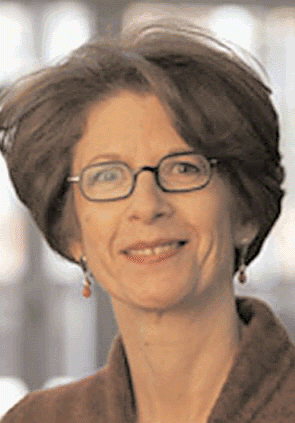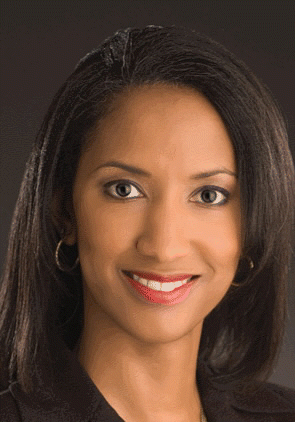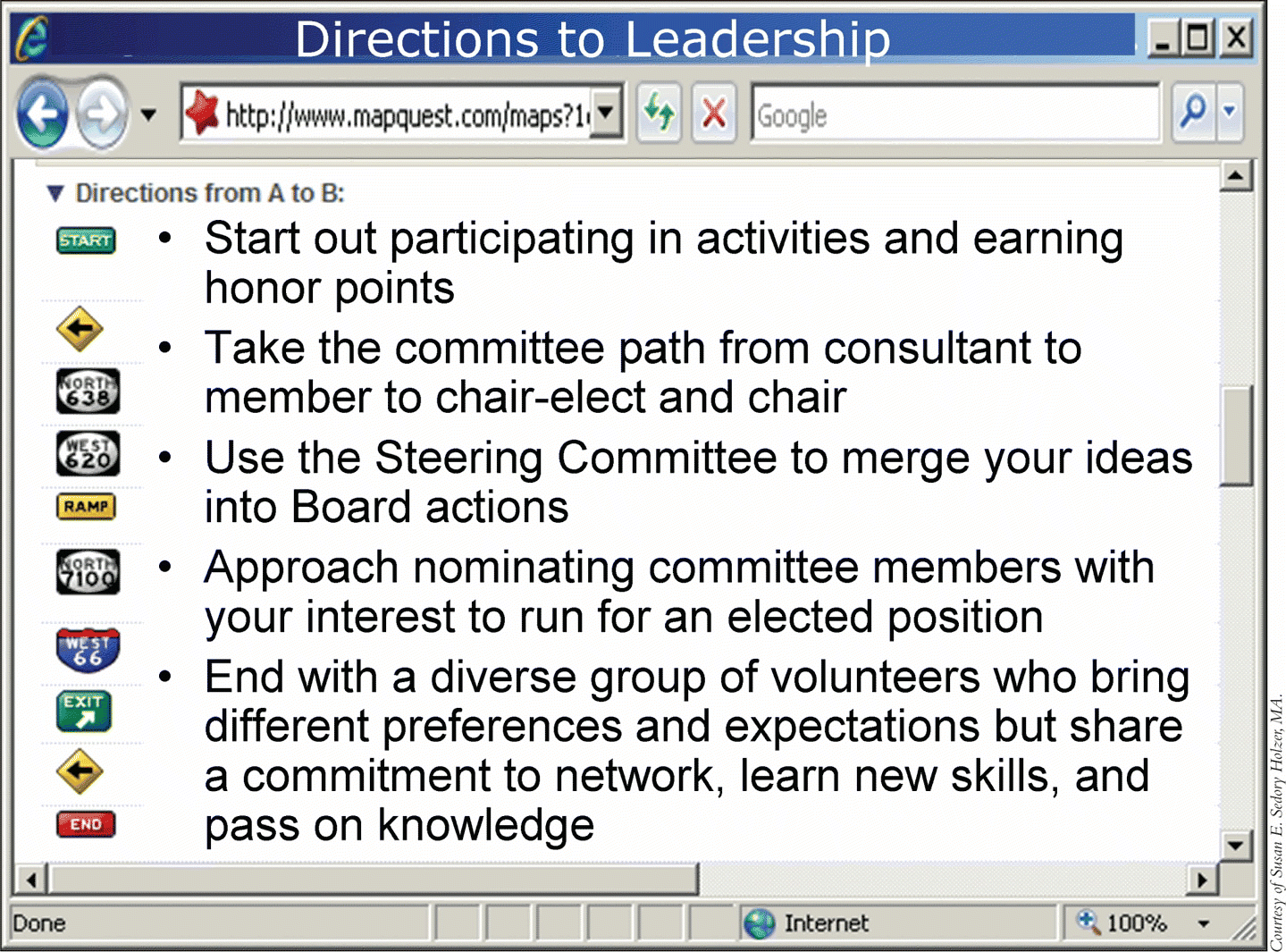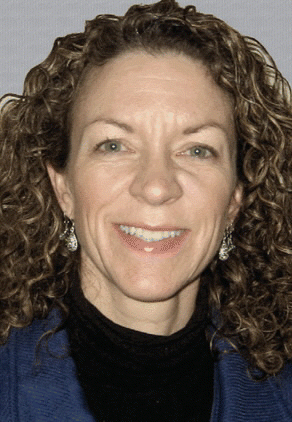CHICAGO-Organizational medicine relies on the skills and talents of many people who work hard to contribute their best to the advancement of medical care and, most important, to improving the health and well-being of their patients. Among the many people who oil the great machinery of organized medicine are the people who take on the responsibilities of leadership. What are the paths to leadership positions in academic medicine, and how do people determine which path is best for them? What are some of the ways otolaryngologists and head and neck surgeons, in particular, can do to advance into leadership positions within their specialties?
Explore This Issue
January 2009These were some of the issues raised in a miniseminar on leadership development at the American Academy of Otolaryngology-Head and Neck Surgery (AAO-HNS) 2008 annual meeting, which focused on giving participants some practical nuts-and-bolts tips on how to think about leadership, strive toward leadership roles, and take practical steps to achieving a leadership role.
Preparing for a Leadership Role
For Linda Pololi, MBBS, Senior Scientist and Principal Investigator of the National Initiative on Gender, Culture, and Leadership in Medicine at Brandeis University in Waltham, MA, talking about achieving leadership roles in academic medicine is a bit like putting the cart before the horse. Instead of focusing specifically on how to become a leader, she emphasizes the importance of focusing on the overall process of establishing one’s career path that ultimately may arrive in a leadership role but is not solely defined in terms of becoming a leader.
Leadership is really much more about how I want to contribute, what changes I would like to make, not just about how to be a leader, she said.
As the principal investigator and founding director for a US Public Health Service-funded National Center of Leadership in Academic Medicine, Dr. Pololi created an instrument to help medical faculty think about career development and advancement. Geared toward both men and women, the instrument is based on a nine-step strategy that begins with what may be the most critical and underused step that many professionals never undertake-a reflective first step in which a person clarifies his or her most important values and standards that govern all aspects of their life.
After identifying these values, the following steps are built on prioritizing these values; identifying one’s strengths; identifying where one wants to be in 10 years based on these values and strengths; identifying logical intermediary goals at one, three, and five years to help to realistically reach the 10-year goal; identifying skills and tasks that are needed to develop over the first year toward reaching the goals; writing a learning contract for each skill or task that one wants to develop over the first year to help plan how to accomplish one’s goals; and asking one’s supervisor to review the plan to see if it fits in with the goals of the deparment or unit and, if not, be willing to negotiate ways to achieve one’s learning goals and adjusting one’s timelines. The final step is to repeat the steps involved in identifying skills, writing a learning contract, and having your supervisor review it based on three- and five-year goals.
 People who are the most successful in carrying out their own professional development are people who end up in senior and leadership positions.
People who are the most successful in carrying out their own professional development are people who end up in senior and leadership positions.
-Linda Pololi, MBBS
Published in 2006 (BMJ Careers Jan 28, 2006:38-39), a full description of these steps is also available online at http://medschool.ucsf.edu/academy/faculty_development/CareerDevelopment.pdf .
Although Dr. Pololi admitted that this instrument could be used for anyone in any profession trying to carve out his or her career, she emphasized that most physicians and medical faculty have never gone through this reflective process and the failure to do so, she implied, has led to careers that may not be the best fit for people. Alternatively, she believes that use of this type of reflective process leads to leadership success.
People who are the most successful in carrying out their own professional development are people who end up in senior and leadership positions, she said.
Tips from a Surgeon
Patricia L. Turner, MD, Assistant Professor of Surgery at the University of Maryland School of Medicine in Baltimore, wears several leadership hats. She is an alternate delegate for the Young Physicians Section in the House of Delegates of the American Medical Association (AMA), and is a member of the Committee on Young Surgeons and the Patient Education Committee of the American College of Surgeons (ACS).
Holding these leadership positions, she says, has been critical to keeping her abreast of cutting-edge patient care information, providing the ability to network and interact with colleagues to advance medical science and patient care, and affording the chance to share research and practice skills.
Another important benefit of participating in leadership roles, she said, is the opportunity to be an advocate for health care issues. Emphasizing that physicians and surgeons are generally not very good at advocacy, she encouraged physicians to be more proactive in lobbying at the federal, state, and local levels on issues such as trauma system funding and development and medical liability reform.
According to Dr. Turner, one way that physicians can work toward a leadership role is by volunteering in the many associations available to them, including general medical associations such as the AMA, general specialty associations such as the ACS, regional societies, and subspecialties or special interest organizations. Using the ACS as an example, she said that one way to volunteer would be to help provide content for the ACS Web portal-a portal that allows members secure access to all the content of the entire house of surgery such as Medline papers, videos of operations, a case log system, continuing medical education (CME), membership services, and contacts with other fellows at the college. All this content, she said, needs to be constantly updated, and is a great way for physicians to volunteer and participate in the larger organization of medicine.
 Whatever your passion, there is a way of parlaying that into a leadership role.
Whatever your passion, there is a way of parlaying that into a leadership role.
-Patricia L. Turner, MD
Whatever your passion, said Dr. Turner, there is a way of parlaying that into a leadership role.
Ways to Advance in the Academy
Speaking on behalf of the academy, Susan E. Sedory Holzer, MA, Senior Director of Strategy and Governance of the AAO-HNS, reiterated that volunteering is an important way to establish leadership. We see that otolaryngologists who become leaders for the specialty have strong roots as volunteers for their professional associations, she said. Thus, not only do the Academy and its Foundation offer members lots of ways to volunteer, we recognize participation through our Honor Point Recognition Program.

 We see that otolaryngologists who become leaders for the specialty have strong roots as volunteers for their professional associations. Thus, not only do the Academy and its Foundation offer members lots of ways to volunteer, we recognize participation through our Honor Point Recognition Program.
We see that otolaryngologists who become leaders for the specialty have strong roots as volunteers for their professional associations. Thus, not only do the Academy and its Foundation offer members lots of ways to volunteer, we recognize participation through our Honor Point Recognition Program.
-Susan E. Sedory Holzer, MA
The Honor Point Recognition Program is designed to recognize physicians for their participation in various activities within the Academy. The program allots points for participation in various activities, such as presenting papers at the annual meeting; reviewing journal articles, meeting abstracts, and research grant applications; and participating in clinical, educational, and Board of Governors activities and committees. After earning enough points, physicians are then awarded the Honor Award or Distinguished Service Award in recognition of the quantity, variety, and longevity of service.
To date, the AAO-HNS has bestowed 1,388 Honor Awards and 203 Distinguished Service Awards, said Ms. Holzer.
For the Academy, member participation through volunteering is seen as enriching the profession by bringing together diverse people with different preferences and expectations but who share a commitment to networking, learning new skills, and passing on knowledge.
For members who would like to get involved and get on the road to leadership, Ms. Holzer provided a roadmap via Mapquest on how to arrive at the destination of one’s choice (Figure 1).
©2009 The Triological Society
Leave a Reply